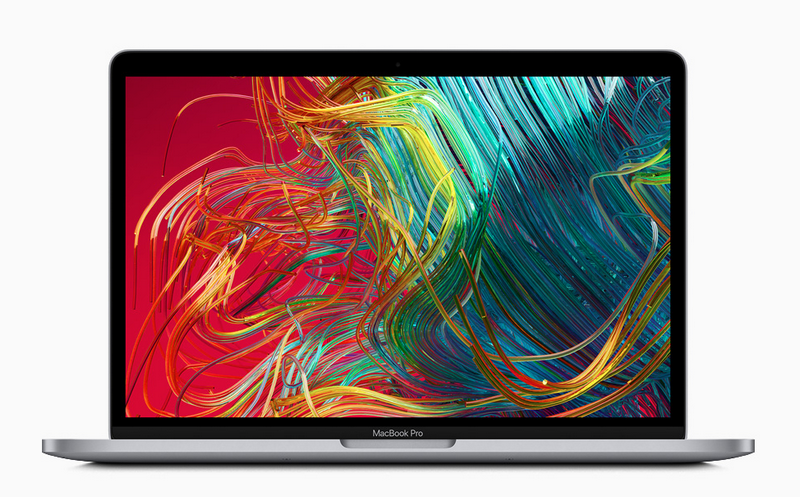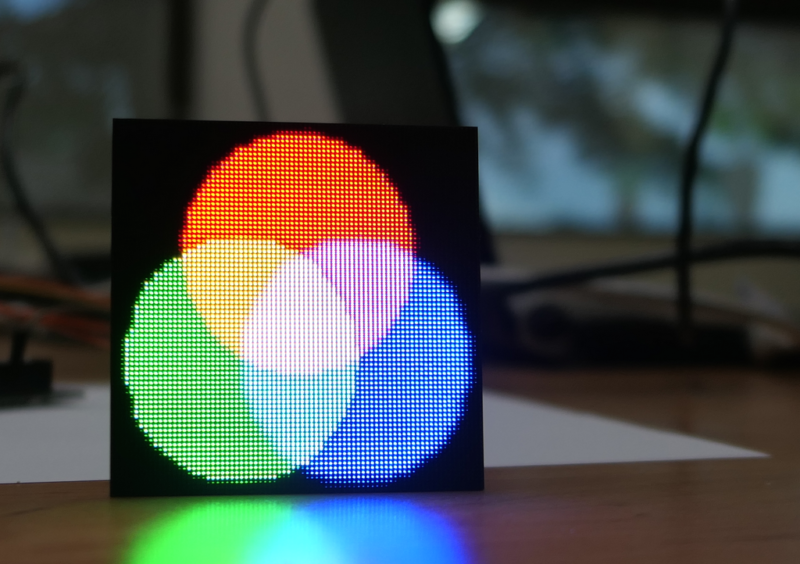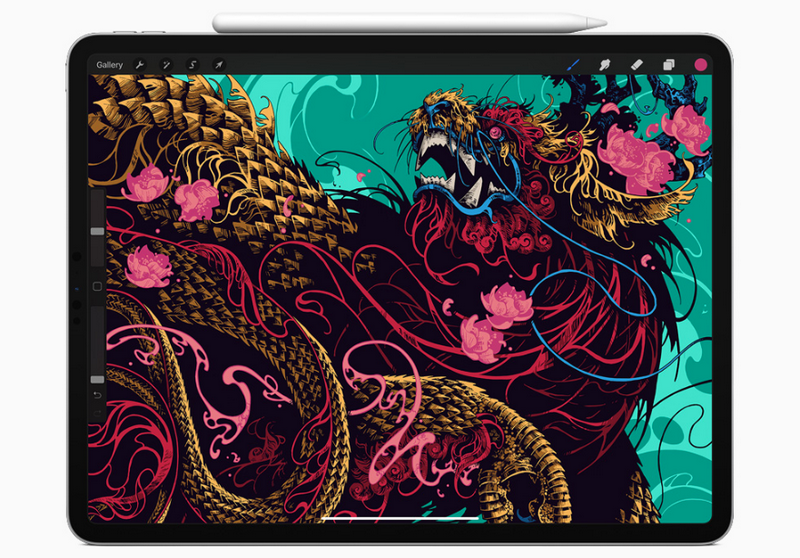The arrival of Mini LED in the latest competition of display technology has not only laid down the foundation for the next generation of Micro LED display technology, but also became the new opportunity in breaking through the predicament for the LED industry and panel manufacturers. As invigorated by the aggressive involvement from major brands including Apple, multiple Mini LED backlight products and the application of RGB self-luminous displays are now on the verge of commencement, and the new products for the relevant application are expected to enter substantially increased production in 1H21.

(Image: Apple)
Accelerated Incorporation into the Consumer Market through Cost Control
After year of implementation subsequent to the arrangement by SONY and Apple since the early phase of the luminous display technology, Micro LED has become a key technology amongst major global manufacturers, semiconductor suppliers, and panel factories, and has constituted a pristine structure for the field of display application. However, due to the high interdisciplinary technical threshold for Micro LED, the leading technology in Mini LED has become another opportunity in industrial breakthrough before achieving commercialized mass production, which explains how manufacturers had been heavily investing in the particular direction for the past three years in the hope of accelerating on mass production that would facilitate an exit from the industrial predicament.
Mini LED has been reduced to 75-300 μm in terms of chip dimension through the existing LED technology, and possesses relatively smaller investment cost on equipment, with a primary concept of direct backlight that is applied on devices, including notebooks, smartphones, tablets, and TVs, where the Mini LED RGB display product that was developed last year has also penetrated into the market of large commercial displays. Mini LED triumphs OLED in yield rate, brightness, performance, reliability, and lifespan, though its cost will become the decisive factor in the market.
As mentioned by Max Chen, analyst of TrendForce, the usage of LED dices and the local dimming zones regarding the application of Mini LED backlight were relatively sizeable during the initial technology demonstration phase. For instance, a 65-inch TV may use more than 10K Mini LED dices, and exceeds 1,000 or more local dimming zones, which also results in cost elevation in packaging and mounting, as well as source driver IC, with a deprivation of competitiveness due to the higher prices compared to OLED. “Everyone started to realize that a simple flexing will not achieve anything, and will have to eventually resolve the actual issues”, as commented by Chen, who also expressed that people would focus on LED dices and dimming zones in the past, whereas the combination of panels and cost structure has become the new norm.

(Image: TechNews)
A cost breakdown of Mini LED backlight can be primarily divided into LED, SMT mounting, LCD panel, source driver IC, and panel, where source driver IC and panel occupy roughly 40% of the total cost, with possibly more than 50% for the local dimming zone, and PCB or TFT glass panels are adopted in accordance with the product specification. Most small to medium backlights are adopted with PCB panels paired with a passive matrix, with toned down allocation of LED dices and local dimming zones, and the display performance is on par with OLED. Max Chen commented that the backlight cost for Mini LED was initially 30-50% higher than that of OLED, and may now be almost the same as OLED, and even 10-20% cheaper, subsequent to re-dismantling and adjustments, which makes it more competitive in the brand supply chain.
Apple Leads in New Product Launches, Followed by Second and Third-tier Manufacturers
Despite having entered the explosive growth period, the application of Mini LED has been hindered by the COVID-19 pandemic and the US-China trade war, and relevant new products have not been released according to the anticipation. Brands including MSI, Lenovo, Acer, and Asus have respectively released Mini LED backlit notebooks and gaming monitors, and the most anticipated new Mini LED products in 1H21 will have to be the 12.9-inch iPad Pro, as well as the 14.1-inch and 16-inch MacBook Pros expected from Apple.
Max Chen indicated that under the invigoration of Apple next year, it is expected to see more small to medium notebooks and monitors, with notebooks anticipated to be seen from Lenovo and Dell. In addition, Mini LED backlit TVs, 65-inch TV or above from TCL for instance, will also be released next year, and TCL will release new products at a faster pace due to the possession of a vertical and integrated production of upstream, midstream, and downstream, as well as the brand TV estuary.

(Image: Apple)
Chen believes that Mini LED will be accelerated in development under the propulsion of various brands, and with the particularly heavy influence from Apple on the industry, the market demand is expected to explode and attracts follow-up from second to third-tier manufacturers, with further reduction in cost and elevation in penetration rate after the gradual increase of demand, where Mini LED backlight and RGB display application will enter the flourishing status by then.
Mini LED RGB display will be focused on the development of commercial monitors, and despite the relatively niche applications and fields that contain less demand in contrast to that of the application of Mini LED backlight, it is a major trend in the application of Mini LED technology, where Korean manufacturer LG and Chinese manufacturers, Konka and Ledman, are all planning to release relevant products next year. Mini LED can also be exerted and applied in special applications, such as the embedded Mini LED decorative lights from the top half of Asus’s gaming notebook, as well as taillights and interior ambient lights for automobiles.
“I believe that the development of Mini LED next year will accelerate much faster compared to this year if a bellwether is to stand up and lead the market”, commented Chen, who also expressed that as the leadership of Apple attracts follow-ups from other manufacturers, Mini LED may possibly replace the traditional backlight and become mass popularized alongside the escalated shipment volume and decreased cost, where the impact and effect on the industry from Chinese manufacturers’ additional investment in the Mini LED field is expected to progressively surface within the next two years.
(Author: Angela Young; TechNews)
2020 Micro LED Forum will go online and begin broadcasting on July 29 for sharing more Micro LED and Mini LED technology breakthroughs and commercialization progresses. Register now for early bird discount!
















